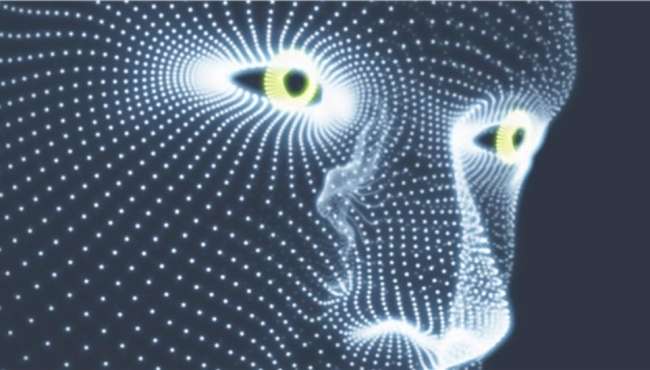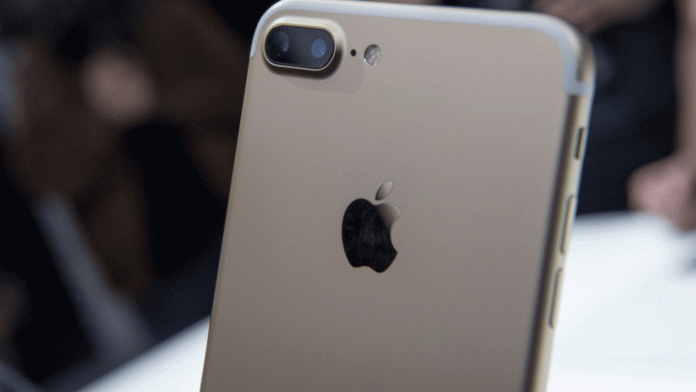The newest smartphone from Apple, namely iPhone X, is getting its momentum among reviewers. The gadget comes with cutting-edge technology, including Face ID, which helps the owner to unlock the device and to authorize online payments. Of course, it is a great smartphone for those who love making online deals. So, how to use Face ID on your smartphone? Do you know how Face ID works? And how does it make sure that your identity is correct?
How to Use Face ID on Apple’s iPhone X

Basically, Face ID works as Touch ID does. The feature works by comparing two face images and determining their authenticity. It works in a simple way. Just enroll your face into the system. When the system detects that your identity is authentic, then the phone is unlocked. As discussed in Forbes, the following is how Face ID works for you:
Taking Images of Your Face
The Face ID technology depends upon a series of sensors and light projects, called TrueDepth Camera System, that works to take several images of your face. The images are taken to show your facial features from different aspects. Then, the camera system combines the images to build detailed map of your face, thus allowing it to recognize you instantly.
The TrueDepth Camera System uses Infrared light when capturing images of your face. This way, the system can instantly recognize you under any light condition (day or night) and at any place (indoor or outdoor). Of course, the IR light compensates any background effects or lighting. The following are steps of image capture as a way on how Face ID works:
- The ambient light sensor and proximity sensor in the TrueDepth Camera System calculate the illumination required for face recognition
- The illuminator emits Infrared light to illuminate your face
- The projectors create more than 30.000 dots used to map your facial landscape
- The camera captures images, which are combinations of dot patterns and IR light.
Face Recognition
Human face is a measureable biological characteristic. Just as the technology used in fingerprints or voice recognition, face recognition system works by comparing two complex patterns and determining how authentic they are. In terms of Face ID, the complex patterns refer to the landscape of your facial features.
Then, the processor in the smartphone will capture the reference patterns and store them as a template. When you want to unlock the phone by using Face ID, the system will compare your face and the stored template, and then calculate the similarity. If it finds that it is the same person as you, the smartphone is unlocked automatically.
Of course, you cannot capture images of your face at identical conditions. For this, the phone uses a threshold to determine whether the images are significantly similar or not. The threshold ranges from 0 to 1. Zero score means that that the face on the screen is not similar to the stored template. On the other hand, 1 means perfect authenticity. The scores of 7 or 8 are mostly identical. They are reliable enough to unlock the phone. However, for payment authentication, the threshold may be higher, 0.9 for instance.
Authentication Accuracy
Accuracy of the Face recognition depends upon three variables, namely, pose, facial expression, and illumination. When the pose is identical, the illumination is uniform, and the facial expression is identical, the authenticity can be as high as 99,99%. However, when your face is obscured because of inadequate illumination or because of something that covers up your face, the authentication accuracy will be lower.
Face recognition technology, which has been used for various purposes like Visa, driver’s license, or passport, has posed some problems. This is because the government applications are strict. As a result, the photo must be taken at a standard pose, and you cannot laugh or even smile, the background is set in certain color, and you cannot use any facial accessories like glasses.
The Face ID used in iPhone X seems to overcome those problems. Apple’s representative said that the Face ID is built upon the cutting-edge technology, which enables the smartphone to recognize your face despite changes in expression, pose, or illumination. It even works when you wear facial accessories like hats and glasses or when you have different haircuts.
Apple calls Face ID, which it puts on iPhone X, a revolution in face recognition technology. It overcomes a number of problems previously faced with the conventional face recognition usages. Better face recognition performance comes from the ‘neural’ technology developed by Apple. However, how Face ID works for other devices is still to be determined when Apple released another smartphone in the future.

